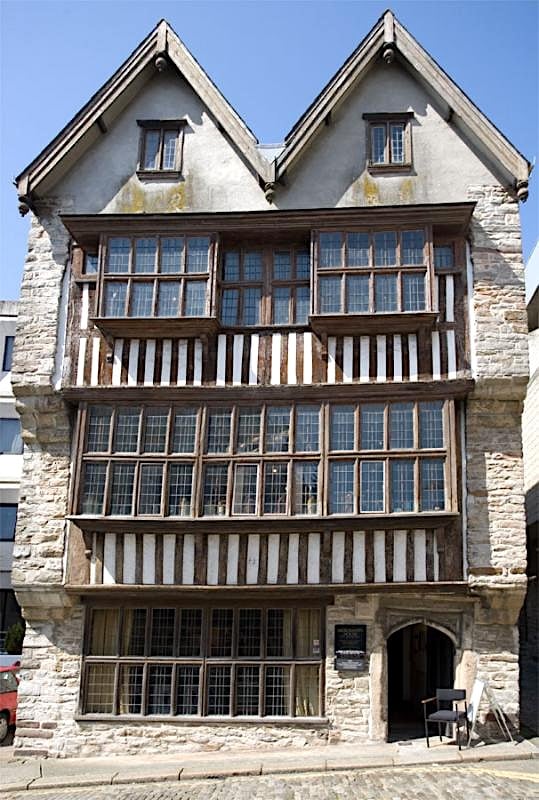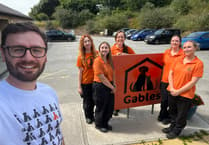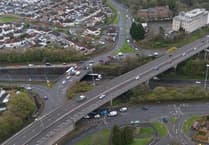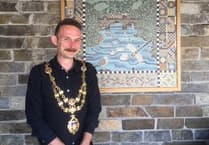One of Plymouth’s oldest and most emblematic buildings could be turned into offices after the council admitted it cannot afford to renovate the property, it has emerged.
Merchant’s House, a stunning timber-framed building dating back to the 16th century, was previously a museum but has been closed for almost a decade.
Plymouth city council last week announced that it was “looking for a dynamic, sensitive and funded individual or organisation” to give the Grade II-listed building “a new and sympathetic lease of life”.
Councillor Chris Penberthy, who is responsible for the city’s assets, said the decision had not been taken lightly, but after having invested millions in the Box and the Elizabethan House, the council could not afford to restore the building.
“We currently have no use for this building and no prospect of funding to restore this house,” she said, while adding that she hoped “thinkers and doers with the finances and the wherewithal” would come forward with a renovation project.
“The house has been closed for almost a decade and is slowly degrading over time. We hope this appeal will generate interest and open up new possibilities for this building,” she said.
Turning it into a heritage attraction, or a tea shop “with an historic slant” are among the ideas being considered, although the council is also mulling office conversions.
However, the council stressed a preference to enable “some form of public access”.
It is not known exactly when the house was built, but its first recorded owner was a privateer and friend of Sir Francis Drake’s, William Parker.
Parker, who like Drake combined a career as a merchant with privateering, was also mayor of Plymouth from 1601 to 1602.
He served under Drake in 1588, fighting against the Spanish Armada and carrying out raids against the Spanish in the Caribbean, most notably capturing two treasure ships laden with 10,000 gold ducats.
He was elected as mayor of Plymouth in 1601 and used the profits from his ‘ventures’ to remodel an older house on this site into the timber-framed building that everyone knows today.
Parker’s heirs lived at Merchant’s House before it was passed to businessman Abraham Rowe, and in 1651 the house was purchased by another mayor, Justinian Beard.
It was occupied by the Beele family until 1707 and then by the Martyn family until 1807. The building was then extended to the rear (towards Finewell Street) and the front used as a shop.
In the 1960s it became a taxi office and was later restored by the council, which turned it into a local heritage museum, focussing on life in Plymouth. Rooms included recreating the Blitz experience and a replica Victorian schoolroom.
To submit an offer, interested parties should provide such details as proposed use, evidence of funding and purchase offer.
Uses that are sensitive to the property’s historical significance will be given higher consideration, the council said.
For more details, contact Laura Hathaway from the Council’s Land and Property Team at [email protected]





Comments
This article has no comments yet. Be the first to leave a comment.